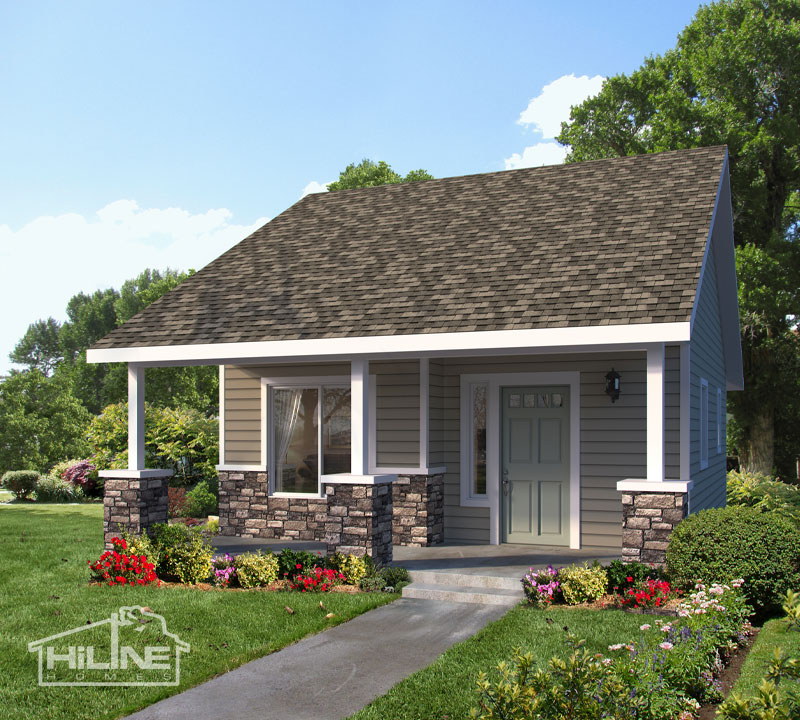Unlocking Creativity: Modification Options for Shipping Containers with Giant Lockbox
Shipping containers have transcended their original purpose as vessels for transporting goods and have emerged as versatile building blocks for innovative architectural and design projects. With their durable construction and modular nature, shipping containers offer endless possibilities for customization and modification to suit various needs and preferences. At Giant Lockbox, we specialize in unlocking the potential of Shipping containers through a range of modification options that transform these industrial structures into functional and stylish spaces.
One of the most popular modification options for shipping containers is conversion into living spaces or mobile homes. With the rising popularity of tiny homes and alternative living arrangements, shipping containers provide an affordable and sustainable solution for those seeking minimalist lifestyles. Giant Lockbox offers custom modifications such as insulation, plumbing, electrical wiring, and interior finishing to create comfortable and livable spaces within shipping containers. Whether you’re looking for a compact studio apartment, a cozy retreat in the countryside, or a mobile office, our team can tailor the design to meet your specific needs and preferences.
Another common application of modified shipping containers is for commercial and retail purposes. From pop-up shops and food stalls to art galleries and office spaces, shipping containers offer a unique and eye-catching aesthetic that attracts attention and stands out in any environment. Giant Lockbox specializes in transforming shipping containers into stylish and functional retail spaces, with options for custom branding, signage, and interior layout to create a memorable and engaging shopping experience for customers.
For those seeking environmentally friendly building solutions, shipping container modifications offer a sustainable alternative to traditional construction methods. By repurposing surplus containers that would otherwise sit unused or be discarded, we can reduce waste and minimize the environmental impact of new construction projects. Additionally, shipping container modifications can incorporate eco-friendly features such as solar panels, rainwater harvesting systems, and green roofs to further enhance sustainability and energy efficiency.
In addition to residential and commercial applications, shipping container modifications are also popular for recreational and hospitality projects. From backyard guesthouses and vacation cabins to glamping retreats and event venues, shipping containers offer a flexible and cost-effective solution for creating memorable experiences in unique settings. Giant Lockbox offers customization options such as outdoor decking, roll-up doors, and climate control systems to ensure comfort and functionality in any recreational or hospitality project.
Furthermore, shipping container modifications can be tailored to meet the specific requirements of industrial and logistical applications. From storage facilities and workshops to laboratories and equipment enclosures, shipping containers offer a secure and weather-resistant solution for housing valuable assets and equipment. Giant Lockbox can incorporate features such as shelving, lighting, ventilation, and access control systems to optimize functionality and efficiency for industrial and logistical purposes.
In conclusion, shipping container modifications offer a wide range of options for transforming these versatile structures into functional and stylish spaces for residential, commercial, recreational, and industrial applications. At Giant Lockbox, we specialize in unlocking the potential of shipping containers through custom modifications that meet the unique needs and preferences of our clients. Whether you’re looking to create a cozy living space, a vibrant retail environment, or a sustainable building solution, we can help turn your vision into reality with our expertise and creativity in shipping container modification.


